I have bought the annual Friendship Book for many years. It provides a thought for each day of the year, offering information about the lives of famous people as well as anecdotes about the author’s experiences. The written illustrations are full of thought-provoking ideas and, although it is not a religious book, I find it a source of inspiration for sermons and letters for the church magazine.
The intention is to read one short section a day, but I find the book a real page-turner and read it from cover to cover within a week. Whilst I sense the author is a Christian, The Friendship Book is suitable for anybody. If one day’s snippet does not prove helpful, chances are the following reading will. On more than one occasion, the book stops you in your tracks, demanding attention and careful reflection. I have at least 15 years worth of The Friendship Book annuals, and I am fascinated about where the writer gets his information. He is remarkably well informed, and the books reveal countless treasures. Writing one Minister’s Letter a month is sufficient pressure for me, whereas the author manages to write a thought for each day every year. All my copies of The Friendship Book sit on my bookshelf, where I have filed them after extracting any ideas for sermons and magazine articles. I realise this is a waste of a resource, and I should read and reread the books often. Rather than placing it on a shelf, the book could sit on an occasional table where people could pick it up, open any page and be well rewarded. The Friendship Book has become a friend. I recommend it to anyone who likes to have snippets of information rather than essays.
0 Comments
Specks and Planks: Stories of hope, humility and humanity is a great book. Someone introduced me to the book before Lent to use as a Bible study. Yet, I found reading it to myself far better than having it read to me. Each chapter is only four pages, so if you do not like one of the chapters, you know there will be another one along very shortly that you may like. I am happy to say that I enjoyed every single one. It was a joy from chapter one to chapter thirty-four.
It is the sort of book that has to be savoured and not read quickly, just like superior cheese or fine wine. It benefits from being read intentionally but at a nice, slow pace so that you can pick up all the nuances. Jeff Lucas sprinkles it with humour making it so enjoyable, I did not want it to end. I enjoyed the writing quality and how Lucas made me question my thinking by gently offering alternative viewpoints. He is very Christ-centric and suggests a solution to world peace, which involves the world collaborating on a giant jigsaw. It is Lucas’s sideways looks and creative thinking that makes the book an absolute gem. There are some powerful stories (for instance, chapter 32), but there are many light-hearted ones that meant I finished the book quite quickly, despite attempting to take my time. Jeff Lucas’s theology is similar to my own. He sees Jesus in much the same way as I, offering continual love and being continually available. Whilst on occasions it may seem that he is hidden, Jesus is always there for you. Specks and Planks is very up to date. Jeff Lucas wrote it during the outset of Covid-19 and offers comfort as well as intelligent insights into the New Testament. I looked forward to my spare hours when I could sit down and read, and I would happily reread the book. The book is suitable for any Christian who enjoys a cup of tea and a good book in the morning or afternoon. Although there are moments of profound thinking, it is generally a gentle read. To benefit from the text, you need to read it slowly because it gives you lots to think about. You will find yourself making time to read it and relax. 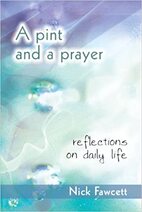 Title: A Pint and a Prayer: Reflections on Daily Life Author: Nick Fawcett Published: 1st January 2006 Publisher: Kevin Mayhew Ltd. ISBN13: 978-1844175192 Number of Pages: 32 Available from: Amazon I have long admired Nick Fawcett. I have, in my possession, two of his books called No Ordinary Man (book 1 and 2) and two books entitled A Prayer for All Seasons (book 1 and 2). They are lengthy books, more reference than narrative for me, so I was delighted to receive this little book, A Pint and a Prayer, published in 2006. The 32-page book can be read from cover to cover, which takes approximately 45 minutes. Nick Fawcett, in his introduction, says he wrote it to show faith and life are inextricably linked, and prayer touches people wherever they are. So, through various ordinary events, such as taking the car to a service, a football match, playing golf, he links an observation about daily occurrences with a prayer.
Personally, whilst I enjoyed the book, I did not find anything new. Nevertheless, I like some of Fawcett’s ideas, such as using rather than abusing your gifts. He uses the analogy of a car running better after undergoing a service, to suggest that we should clear away anything that undermines our performance and prevents us from realising our true potential. He advises us to look beyond people's masks and labels and recognise the intrinsic worth of all. We need to understand what we can tackle and what we cannot, and we should appreciate everything that is shaping us. Upon reflection, you can use the book to take you much deeper. For example, there is a lovely poem about computer games, through which Fawcett explores how he is being shaped, and so reflecting upon that, you can think about the things that are shaping you. What are the influences making you the person you are? Do you need to change anything? Are you happy with the journey? Do you recognise the forces at work shaping you? Do you recognise the power of friends, family, social media, television, and newspapers? A Pint and a Prayer is a good read. It is quick, and on every page, there is something upon which to reflect. For that reason, I recommend it. This book is especially useful during the season of Lent to help prepare for Easter. It allows you to dwell upon some of the questions prompted and helps you understand your relationship with God. And for that, I am recommending it even more. There is no right or wrong way to write a book review. For some, writing “I liked this book” is good enough, but many writers prefer in-depth feedback and critique. When Martin set himself then challenge to read and review a book per week during Lent, he asked me for advice. I have written many reviews, and new authors have sent me copies of their books in exchange for honest opinions. So, I thought I would share how I write a book review. Firstly, write a brief description of the book. What is it about? Is it fiction or non-fiction? To what genre does it belong? Do not give anything away, especially the ending, but it is useful to tell potential readers a little about the narrative to entice them. Also, mention whether it is part of a series or a stand-alone. Is this the author’s first work, or are they a well-established writer? For example: Ancient Indian knowledge and wisdom have been expressed through storytelling for thousands of years. With this in mind, Limesh Parekh wrote his first business book Cracking the CRM Code in fiction format. CRM, which the author fails to define in the book, stands for Customer Relationship Management and is a useful process for businesses to interact with their customers. What did you like about the book? Even if you did not enjoy it, you can find something positive to say. Was it well written? Did it contain interesting ideas or characters? What made you keep reading? Mention the emotions you felt, whether the author made you laugh or cry. Could you relate to the subject? Did you learn something new? For example: Many business books and manuals are nondescript and boring, whereas Limesh Parekh keeps the reader engaged with anecdotes, stories and quotes. Rather than learning how to use CRM, the characters show the process of purchasing and using the software, which is far more enlightening than a step-by-step guide. For some, the hardest part of writing a review is mentioning the things they did not like. It is so easy to tell someone you liked their work, rather than criticise them. Yet, even if it is unpleasant to hear, authors appreciate honesty and take on advice and comments in their future writings. If you found the book uninteresting, say so. Perhaps you were not the intended audience. Was the narrative easy to follow? Did you dislike any of the characters or ideas? Were there too many mistakes? (Be aware, typing errors are sometimes the fault of the editor and publisher, rather than the author.) For example: English is presumably not the author's first language, hence the sentences do not always flow, and the punctuation is far from perfect. At times, it is difficult to work out which character is speaking, making it a little confusing to follow. Why should other people read this book? Did your reading experience benefit you in any way? Was it entertaining or educational, or was it a waste of your time? To whom would you recommend the book? Was it written for people with particular interests? Is it suitable for older or younger readers? Did it remind you of any other books you had read? For example: Cracking the CRM Code is written for business-minded people who understand the jargon and acronyms, many of which are unexplained. As a layperson, some of the information went over my head, but the fiction format helped hold my interest. The final sentence of your review should indicate your overall impression of the book. You may have mentioned both positive and negative points, but which opinion comes out strongest? Some people find it easier to end their review with a rating out of 5 or 10 to indicate how much they enjoyed the book. For example: Cracking the CRM Code has the potential to be a big hit with small business owners and business consultants. (3/5 Stars) Written by Hazel
www.hazelstainer.wordpress.com Today’s reading is John 2:13-22. 13 When it was almost time for the Jewish Passover, Jesus went up to Jerusalem. 14 In the temple courts he found people selling cattle, sheep and doves, and others sitting at tables exchanging money. 15 So he made a whip out of cords, and drove all from the temple courts, both sheep and cattle; he scattered the coins of the money changers and overturned their tables. 16 To those who sold doves he said, “Get these out of here! Stop turning my Father’s house into a market!” 17 His disciples remembered that it is written: “Zeal for your house will consume me.” 18 The Jews then responded to him, “What sign can you show us to prove your authority to do all this?” 19 Jesus answered them, “Destroy this temple, and I will raise it again in three days.” 20 They replied, “It has taken forty-six years to build this temple, and you are going to raise it in three days?” 21 But the temple he had spoken of was his body. 22 After he was raised from the dead, his disciples recalled what he had said. Then they believed the scripture and the words that Jesus had spoken. The site of the temple was very historic. It was built on Mount Moriah where Abraham very nearly sacrificed Isaac. This is the same place where Solomon built his temple. The temple in the reading was one of Herod the Great’s major building projects. Construction started around 20 BC and, as John tells us, it took 46 years to build, although we know that it was not fully completed until 63 AD. The temple was comprised of the sanctuary, which housed the main part of the temple and the Holy of Holies, which contained the Ark of the Covenant. Within the precinct, the open-air Court of the Gentiles surrounded the sanctuary. It was here that Caiaphas, the Jewish High Priest, had allowed traders to set up their stalls to help with the running of the temple. During Passover, 300-400 thousand pilgrims came to the temple to exchange their Roman Denarii or Greek drachma into coins acceptable to pay the Temple Tax of half a shekel. Roman coins featured the image of the emperor, thus proclaiming his divinity. Therefore, these coins were blasphemous and not allowed in the temple. Traders of livestock or doves were needed to sell the appropriate sacrifices. Make no mistake, the traders were doing what Jewish law demanded. Yet, the temple itself was meant to be a place of prayer. Zechariah, writing to the Jews returning from exile, portrayed a vision that, "Every pot in Jerusalem and Judah will be holy to the Lord Almighty, and all who come to sacrifice will take some of the pots and cook in them. And on that day there will no longer be a merchant in the house of the Lord Almighty." (Zechariah 14:21) Similarly, Isaiah 56:7, written around 681 BC, reminds us, “For my house will be called a house of prayer for all nations.” And, Jeremiah 7:11, who wrote to the people of Judah during his ministry between 627-586 BC, protests and asks, “Has this house which bears my name become a den of robbers to you?” Caiaphas deliberately allowed the traders into the temple precincts, whereas they usually traded outside the temple in the Kidron Vallery. Jesus, in John’s account, at the beginning of his ministry, goes to the temple and is incensed, not with the actual trading, but the fact it was happening inside the temple. So, he drove them out with a self-made whip. It is interesting to compare the report of John with the Synoptic Gospels. All three of the Synoptics record this episode at the beginning of Holy Week, i.e. the end of Jesus’ ministry. All three suggest this was the tipping point, the reason Jesus had to die. He had control of the crowd, and he was starting to meddle in the temple economy. It seems a logical place to write this story, but John has it right at the beginning, straight after the first miracle of turning water into wine. In John’s Gospel, there are three Passovers annotated. The period of John’s Gospel is at least two years, whereas the Synoptics have one year. This story presents Jesus as a radical person. Jesus is angry and showing his humanity. John reminds us that Jesus is fully human as well as fully divine. We also recall that Jesus wept at Lazarus’ death, again showing his humanity and compassion. The question I ask, therefore, is when is it right to be angry? The history of this passage has influenced different responses. Origen, in the second century AD, said that the account was not historical but metaphysical. The temple is the soul of a person freed from earthly things to serve God. On the other hand, John Chrysostom, in AD 391, defended the historical account. People have used it to justify the use of violence by Christians, for example, Augustin of Hippo. In 1075, Gregory VII used it to justify his actions against the Simonic clergy. Bernard of Clairvaux, who lived 1090-1153, used it to defend the Second Crusade; and John Calvin used it to support his action against the polymath Michael Servetus when he was burnt at the stake for the heresy of rejecting the concept of the Trinity. So, where do we stand on our thinking of righteous violence? It seems to me that the Ten Commandments (Exodus 20:1-17) show a great deal about God as well as God’s people. The Israelites had just escaped from slavery in Egypt, where it was common to worship many gods. On Mount Sinai, God offers to Moses the Ten Commandments by which his people must live, the first being the very radical and scary commandment of having no other god but God. In Jesus’ time, the Romans and Greeks worshipped loads of gods, e.g. the twelve Olympians, so to demand they only worship one rather than have the protection of several was a scary, totally revolutionary concept. God revealed that the creation of the world happened in seven days: six to create and the seventh to rest. This idea of working for six days and resting for one was for our good. God cares about God's people. In a world dominated by violence, when human life went unvalued, God gave the commandments of not killing, stealing or committing adultery. God was a God of community. So, would a God who has laid these groundworks be happy with righteous anger? I think yes, but it cannot go beyond the confines of killing or being violent toward one another. There are Bible passages to help us when we feel or witness anger. Proverbs 12:16 tells us that a prudent man overlooks an insult Romans 12:17-21 says " Do not take revenge, my dear friends, but leave room for God’s wrath ... Do not be overcome by evil, but overcome evil with good." Psalm 4:4: In your anger do not sin… trust in the Lord. James 1:19: Everyone should be quick to listen, slow to speak and slow to become angry, for man’s anger does not bring about the righteous life that God desires. God wants us to love God and to love our neighbour. In doing so, we have to ensure that we do not uphold the status quo if people are being oppressed. Jesus cleared the temple, so we have to clear and declutter all the things that stop us from having a relationship with God. We have to cleanse ourselves and declutter ourselves from all the habits that lead us to do things that are wrong and lead us away from God’s presence. The temple was an awe-inspiring building. It spoke of the glory of God, but it is just a building. After its completion in AD 63, it was demolished in AD 70 when the Romans, after a 4-year siege, destroyed Jerusalem. Our lives have to be built upon the foundation of a righteous God who loves justice and mercy. So, as well as decluttering ourselves to remove the obstacles preventing us from coming to God, perhaps we should look at the various laws we follow. There are many poor people in the world, but what are the systems that keep them poor, and how can we challenge those systems so that the kind of world that God wants for God's people can be fully realised? That is our challenge for Lent, that we not only look at ourselves, but we also look at society and think how it could be improved so that God's love, mercy and justice can be offered to all. This sermon was first preached on 7th March 2021 at Western Road URC via Zoom The Gospel of John has a quality all of its own. It is a terrific gospel written, tradition tells us, by John, son of Zebedee, a "son of Thunder", the brother of James, around AD 85-90. This places the gospel after the destruction of the temple in AD 70, but before John's exile to the island of Patmos. Its scope is cosmic. It spans the time between the beginning of the world up until it was written and the promise of eternity. In a language that is poetic and beautiful, the Gospel of John is symbolised by an eagle because it is a gospel that soars high into the sky, grasping concepts of universal importance. Yet, John also pinpoints minutiae.
The Gospel of John is unique in that it goes against the Synoptics. It covers at least three Passovers, whereas the Gospels of Matthew, Mark and Luke only mention one. It contains the seven "I am" statements of Jesus: Bread of Life; the Light of the World; the Gate, the Good Shepherd; the Resurrection and the Life; the Way, the Truth and the Life; and the True Vine. John also mentions seven miracles or "signs": turning water into wine, healing the nobleman's son, curing the lame man, feeding 5000 people, walking on water, giving sight to the blind, and raising Lazarus from the dead. There are no parables in the Gospel of John because John wants to focus on the divinity of Jesus as the son of God, but also his humility and compassion. He was fully human and fully divine. John wrote after the other Gospels, so he not only provided a first-hand account because he was there at the time of Jesus, John also used material from the other gospels together with other sources. John writes after the fall of the Temple, which in effect was God’s house, so he writes to a people who were persecuted and rejected and whose faith was, in some respect, in tatters because of the destruction and the realisation that God was not there. He was giving them hope for the future. It is a good read. It is fast-paced and contains some great characters, for example, Nicodemus, the Samaritan woman at the well, the lame man by the pool, the adulterous woman, the blind man, and Lazarus, who rose from the dead. In some detail, John includes the journey of Jesus through Jerusalem, riding on a donkey to his death. He also records the resurrection and Jesus' activities after he rose. John finishes with this verse: "Jesus did many other things as well. If every one of them were written down, I suppose that even the whole world would not have room for the books that would be written." I commend this book because it is awe-inspiring and, if true, then why would you not believe that Jesus Christ came because "For God so loved the world that he gave his one and only Son, that whoever believes in him shall not perish but have eternal life." (John 3:16)
When All Else Fails... Read the Instructions by James W. Moore is a very easy book to read. Its core subjects are the Beatitudes, the Ten Commandments and the Commandment that Jesus gave us to love one another just as He loved us. In his own words, Moore encapsulates the meaning of those three major Christian precepts.
The author helps us understand the Beatitudes by changing the wording to help it make sense in modern society. He changes the word “blessed” to “oh how close to God”. I have always stumbled over the first Beatitude and the meaning of being poor in spirit. This book explains this phrase means “humble”, so the first Beatitude could read, “The poor in spirit are the humble-minded and those that trust God completely.” Or better put, “Oh how close to God are those humble-minded people who put their whole trust in God and who honour and serve God as the king of their lives.” (Page 23) Moore also explains the eight Beatitudes as a progression of faith. First, we are humble but gradually move up to become a peacemaker, sadly followed by persecution. This is a perfect book for those who have recently found Christ as their saviour. Everybody who comes to Christ should read this book because it explains the key ideas of the Bible in everyday language without overwhelming the reader with religious jargon. It is a shame Moore did not include other concepts because it is such a down-to-earth book that could benefit many people’s understanding of the Bible. When All Else Fails… Read the Instructions was recommended to me by two people whom I hold in high regard. It did not disappoint. Dear All,
I have been amazed at how much power one person can have. If we knew we were so powerful, I think we would achieve anything. Sadly, this power goes untapped and unutilised. The power of one person was strikingly brought home to me when reading a series of articles by Hazel on eight Black Lives Matter heroes. These stemmed from the poem: Dream like Martin Lead like Harriet Fight like Malcolm Write like Maya Build like Madam C.J Speak like Frederick Educate like W.E.B Challenge like Rosa These individuals had amazing powers of resilience, vision, and charisma, which they used to improve the qualities of society beyond recognition. Martin Luther King Jr, the leader of the American Civil Rights Movement, dreamed of a better future for his children. His campaigns and peaceful protests made this dream a reality. Harriet Tubman escaped from slavery and spent the rest of her life helping over 70 other slaves flee from their cruel owners. Malcolm X stood up for both black people and Muslims in a time when they had no voice. Maya Angelou defended the rights of black women and wrote books in defence of oppressed Black cultures. Madam C.J. Walker became the first female self-made millionaire in America. With her money, she helped black women learn a profession and fend for themselves in a male-oriented world. Frederick Douglass sought to put an end to slavery and believed everyone should receive equal treatment, regardless of race. W.E.B Du Bois fought against the constraints on his race to become the first African American to earn a doctorate. He fought to remove the barriers so more black people could obtain qualifications. Finally, Rosa Parks refused to give up her seat on a bus to a white person, sparking boycotts and campaigns throughout the United States. An exhibition at the British Library called Unfinished Business, which I attended last year, emphasised the power of an individual. The display highlighted women who had fought for their rights and made society a fairer place. They refused to be muted, their voices rang clear, and they challenged society’s norms for the better. These people were no different from you and me. They were not necessarily highly educated or articulate, and they did not always come from a family of wealth. What they did have was a vision. Another example of vision and power occurred after the BBC aired a programme that I thought was not very fair. Approximately 6 million people watched, and the BBC received around 1000 complaints, compelling them to do something. Out of 6 million people, only 1000 people voiced concern, but it was enough for the BBC to respond. It only needed 0.02% of viewers to complain to make a difference. Proverbs 29:18 reads “Where there is no vision, the people perish.” It suggests that without vision, there is no change and no hope for the future. In a competitive, consumerist market, businesses look after their reputation. It is the most important hidden asset they have. So, if you feel like complaining, the chances are your voice will be heard. We have power; we have the power of one. What will galvanise us, what has to happen to prompt us to complain? Our MPs are very keen to hear from their constituents, but how often do we write about our concerns for ourselves, our town, our country, and our world? We have the power of one, and we just need to use this power with vision. Let’s see what we can create. Blessings, Martin |
©Copyright
We are happy for you to use any material found here, however, please acknowledge the source: www.gantshillurc.co.uk AuthorRev'd Martin Wheadon Archives
June 2024
Categories
All
|
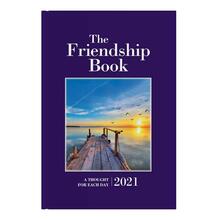
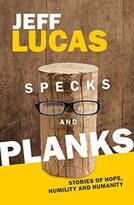
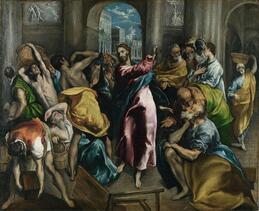
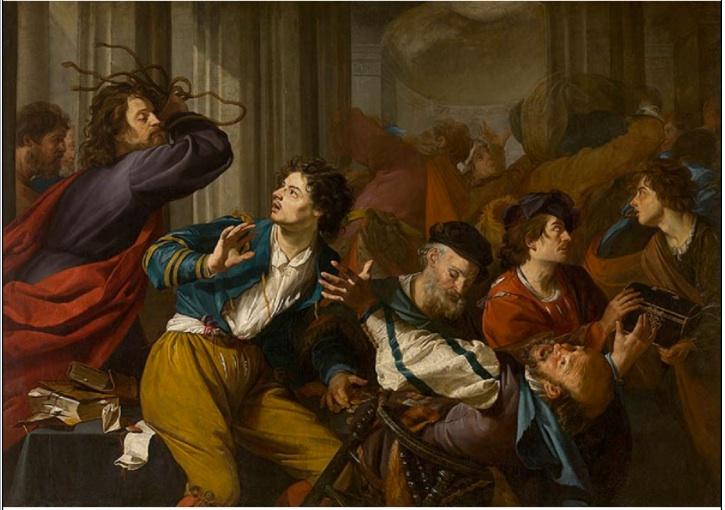
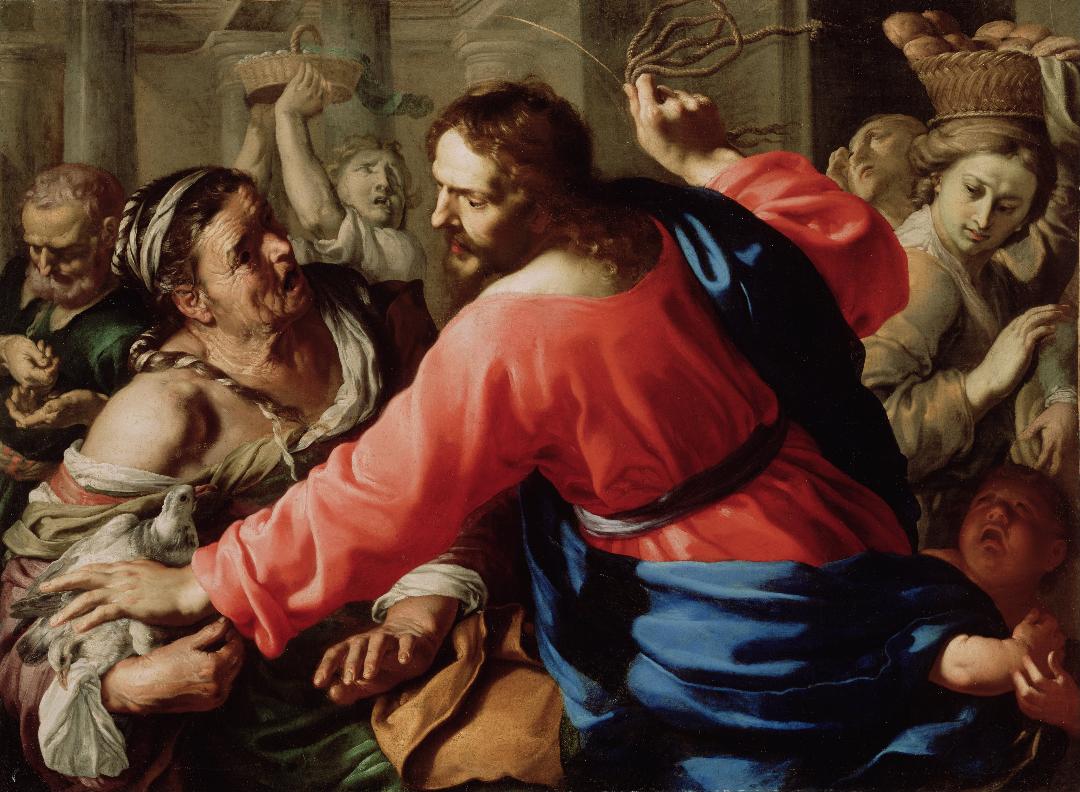
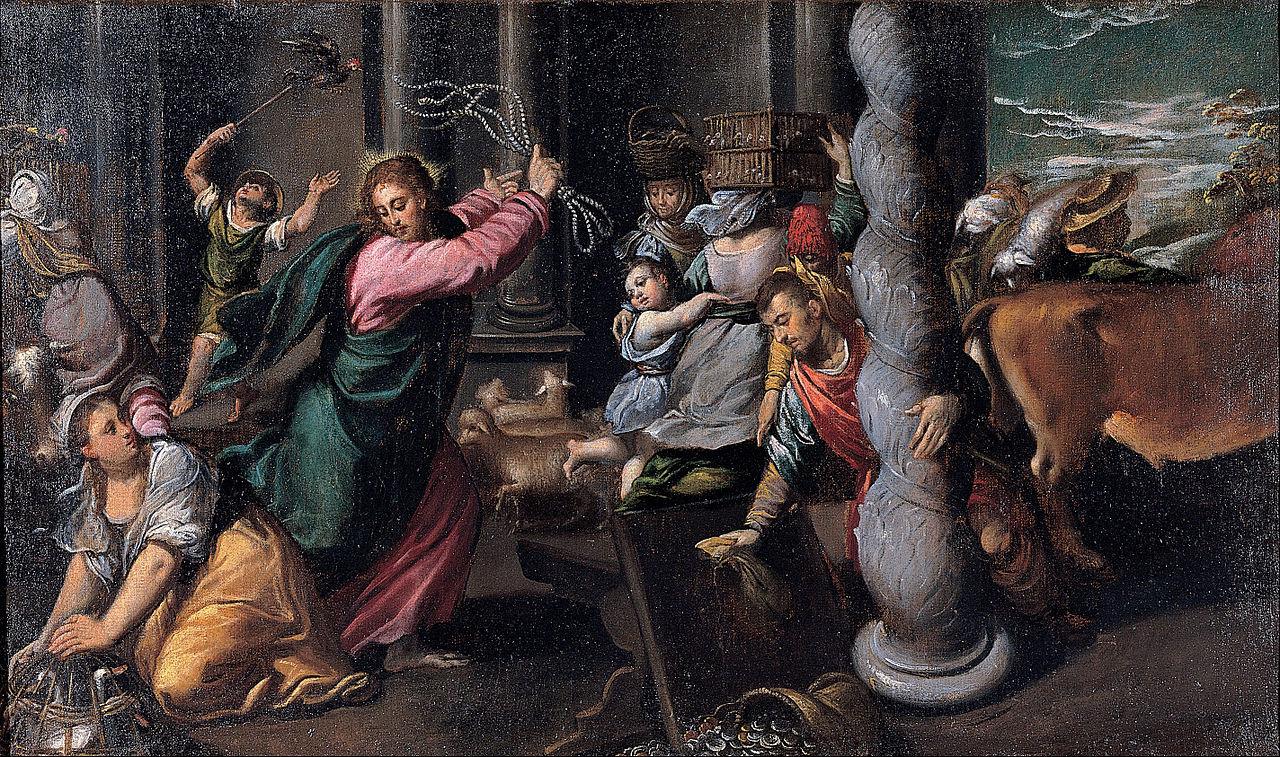
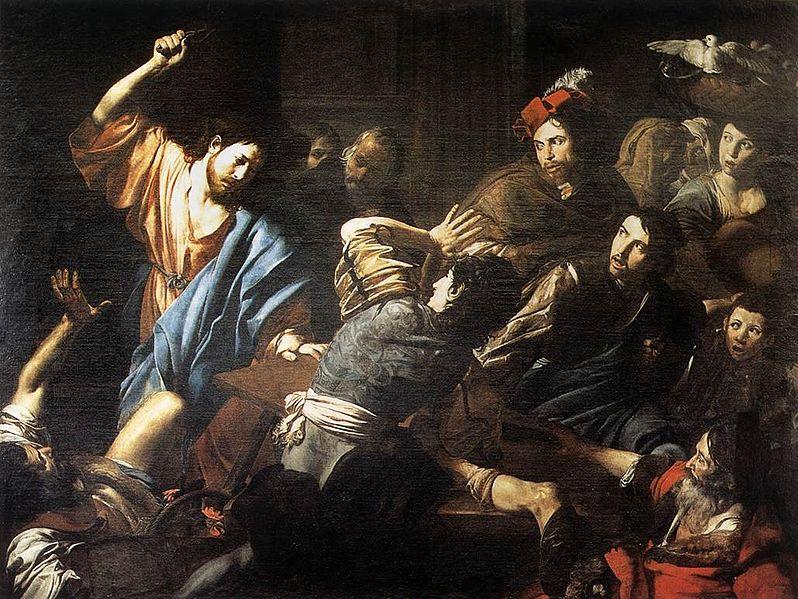
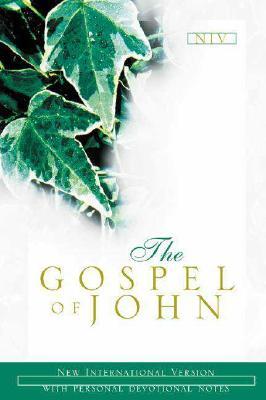
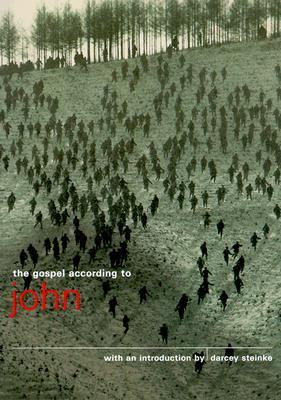
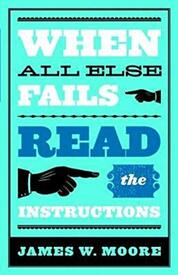

 RSS Feed
RSS Feed